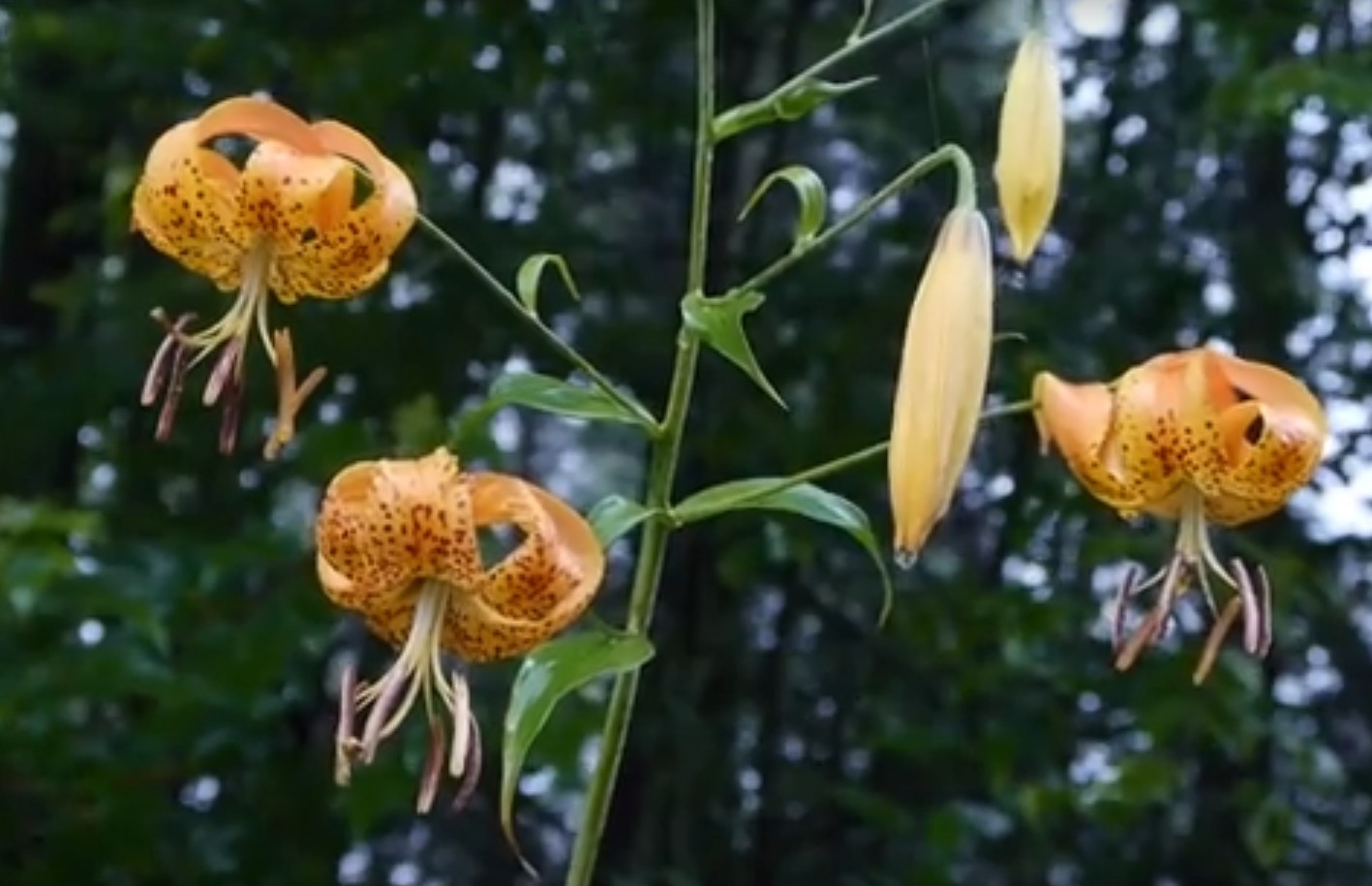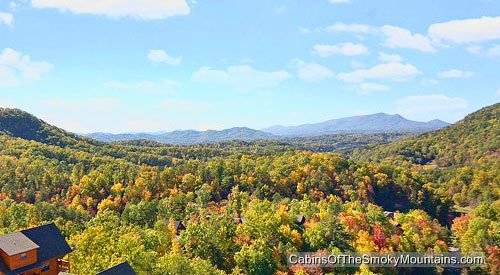As winter begins to recede and the days grow longer, Great Smoky Mountains National Park stirs back to life. Spring arrives slowly but steadily here, creeping up the slopes in layers—dogwoods blooming low in the valleys while snow may still linger along the higher ridgelines. On the Tennessee side of the park, towns like Gatlinburg and Pigeon Forge serve as gateways into this vast, forested expanse, offering a blend of natural access and small-town energy that shapes many visitors’ first impressions of the Smokies.
Gatlinburg sits tucked against the park boundary, close enough that a short drive from downtown can lead to trailheads and mountain streams (there is also a walking trail to do the same). The town itself retains elements of its roots as a mountain settlement, even as it continues to evolve into a hub of activity with shops, galleries, and family attractions. Ober Mountain, once known as Ober Gatlinburg, provides an opportunity to ascend via aerial tramway for views over the town and beyond, and in spring, the ski slopes give way to alpine wildflowers and hiking paths.
Not far away, Pigeon Forge stretches along the valley with a more open, entertainment-focused layout. Attractions like Dollywood blend amusement rides with nods to local culture and Appalachian traditions. While known for its theaters and music venues, Pigeon Forge also provides easy access to the Little Pigeon River, where quieter moments can be found beside flowing water or along the nearby greenways.
Within the park itself, spring is a season of transition. Creeks swell with snow melt and rainfall, and the landscape becomes increasingly green, from the mosses on shaded rocks to the fresh leaves overhead. Wildflowers begin to emerge in force, particularly along lower elevation trails like the Cove Hardwood Nature Trail near the Chimneys Picnic Area. The Roaring Fork Motor Nature Trail, a one-way loop road just outside of Gatlinburg, reopens in spring after a winter closure and offers a scenic route through old-growth forest and past the remains of historic homesteads.
Spring in the Great Smoky Mountains National Park is especially notable for its wildflowers, which begin to bloom in earnest throughout April. This period, often referred to as “wildflower season,” draws both casual visitors and botanists to the park’s lower and mid-elevation trails. The Smokies are home to more than 1,500 species of flowering plants, and during April, the forest floor is scattered with a mix of delicate white trillium, bright yellow trout lilies, bloodroot, spring beauty, violets, and jack-in-the-pulpit, among others.
The diversity is especially apparent along trails like Porter’s Creek, Chestnut Top, and the Cove Hardwood Nature Trail, where shaded coves and moist ground conditions create ideal growing environments. Ephemeral wildflowers, in particular, take advantage of the window of sunlight available before the tree canopy fully leafs out, adding bursts of color beneath the still-bare branches. The variety and density of blooms can make even short hikes feel immersive, as the visual details of petals, leaves, and budding shrubs change from one bend in the trail to the next.
Further afield, scenic drives like Newfound Gap Road climb steeply through multiple ecosystems, offering stops at overlooks and trailheads along the way to Clingmans Dome – the highest point in the park. On clear days, the observation tower there offers a wide sweep across both Tennessee and North Carolina. For those willing to drive farther, the Tail of the Dragon – a winding stretch of U.S. Route 129 on the North Carolina side of the park—is known among driving enthusiasts for its curves and dramatic surroundings, and as a bonus, the journey to this road is one scenic drive after another from Gatlinburg or Pigeon Forge, largely made on the Foothills Parkway.
Other landmarks round out the springtime experience. Cades Cove, a broad valley enclosed by mountains, opens up with new color as fields green and trees bud. Wildlife sightings often increase in spring, with black bears becoming more active and deer grazing in the meadows during early morning or evening hours. The loop road through the cove allows for a slow-paced exploration of the area’s cabins, churches, and mill—reminders of the communities that once thrived here before the park’s establishment.
Spring in the Smokies offers a gradual reawakening, both for the landscape and for those who come to witness it. The blend of quiet trails, scenic vistas, and the rhythms of the gateway towns makes this season feel both reflective and full of potential. Whether pausing at an overlook or following a shaded path beside a stream, the experience often unfolds at a gentle pace—one shaped by the season’s unfolding rather than a checklist of stops.



